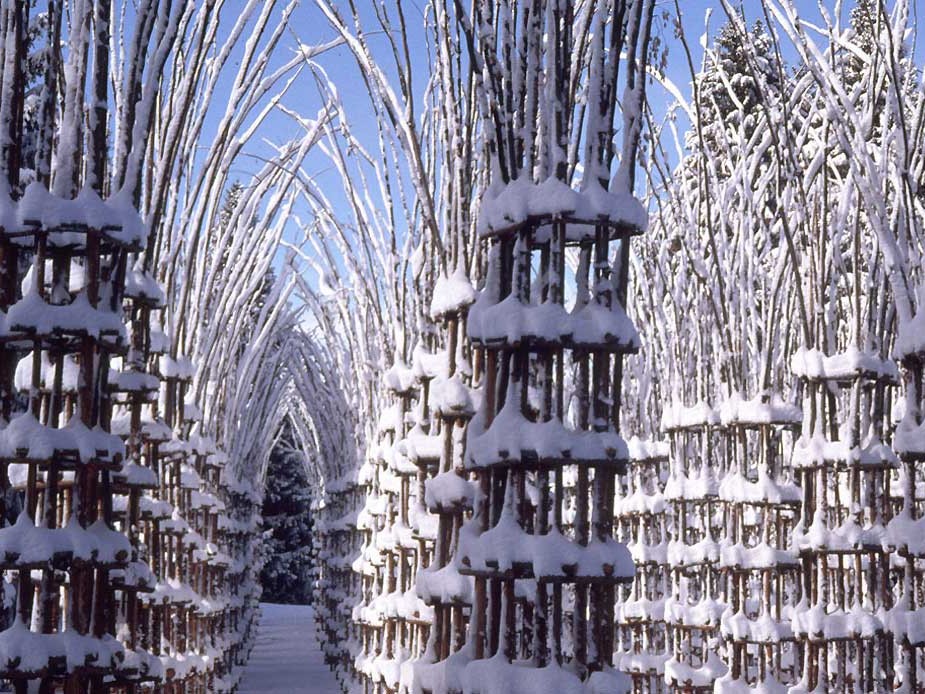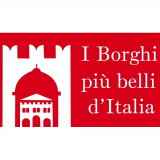
 I borghi più belli d'Italia
I borghi più belli d'Italia
Italian little Italies: Borgo Valsugana. The Little Venice of Trentino
- WTI Magazine #170 Dec 18, 2023
-

 I borghi più belli d'Italia
I borghi più belli d'Italia
Characteristic of the village of Borgo are the wide arcades, similar to those in some river towns in the Veneto region, which allow pleasant walks along the Brenta River. A particular feature of the area along Brenta is the Venetian Bridge.
The striking 15th-century bridge, crowned by two aedicules containing graffiti inspired by two precious 17th-century works by Jacopo Fiorentini (son of the better-known Lorenzo), a member of a local Bassanesque workshop, holds the two sections into which the arcades are divided (Lungo Brenta Trieste and Lungo Brenta Trento).
Castel Telvana is an ancient manor that has dominated the valley since the 12th century. It is reached via the Telvana staircase, which leads from Corso Ausugum to the Church of Saints Francis and Christopher.
It must have been a military structure with important strategic value, given its location. The oldest nucleus is located in the vicinity of the slender tower, rests on the primitive rock, and inside one can admire the curtains joining the ramparts, now severed, which protected the residence. Suggestive is the view from the outer walls and the wide view of the valley from the summits of Mount Ciolino, on which the castle stands.
The Bersaglieti trail is fascinating and scenic but at the same time not particularly strenuous, given the low elevation gain. From Corso Ausugum - in its final part after the Palazzo della Comunità di Valle - take the uphill path on the left that leads to the back of the castle, from where you can admire the imposing keep tower and the ruins of the walls. Leaving the saddle and the castle, continue along the mule track that with a short moderate incline leads to the Capitello delle Fratte, an interesting 19th-century artifact with a beautiful votive fresco. Turn around and descend to the Clarisse Monastery and then always downhill to the historic Scala a Telvana, to return to Corso Ausugum.
Arte Sella is an international contemporary art event hosted by the Sella Valley since 1986. An immense open-air exhibition, set between Mount Armentera to the north and the Cima Dodici group to the south, of real works of art made from stones, leaves, branches, logs and other 100% natural materials.
At the end of Arte Sella, many works find new homes in museums or art galleries, while others are left on site to fully integrate with the surrounding vegetation. The most well-known example to the public is the stunning Vegetable Cathedral, which has become an icon of the event. Its majesty and beauty remains visible in every season: covered in snow it is an even more impressive sight.
Besides, Borgo Valsugana hosts three art installations at its historic center, creating a path to enhance the village's architectural and landscape qualities. the first is called “The Broken Oak”, featuring oak trunks uprooted by storm Vaia. The second is Edoardo Tresoldi's “Controfacciata”, a succession of metal mesh volumes, four meters high, designed by Tresoldi for the "Casa della Comunità" in Borgo Valsugana. Inside, the installation reveals the decorative features of four Renaissance-inspired aedicules. Finally, Cédric Le Borgne's “L’uomo volante” is also made of wire mesh and is placed near the Venetian bridge, thus creating a visual continuity with Edoardo Tresoldi's work and drawing the viewer's attention to the Brenta River and its relationship to the mountain horizon.
The name
Borgo Valsugana is a village in Trentino-Alto Adige, in the province of Trento. Its historic center is home to 1,600 inhabitants. The toponym for the term "Valsugana" comes from the Latin "Vallis Ausuganea," or "valley of Ausugum." The Borgo di Ausugum may derive from the name of the population that the Romans found in this place, the widest and most central area in the entire valley.
History
Due to its position as a passage between Veneto and Trentino, Valsugana has always been historically, politically, and economically important.
The first permanent settlements were established in the lower Valsugana from the late Bronze Age. These were mainly Rhaetic and Venetian populations.
Romanization of the territory probably occurred in the 1st century AD, when it was annexed to the Municipium of Feltria of the X Regio. At this time the valley took the name "Vallis Ausuganea," from the ancient name of Borgo, which was precisely "Ausugum" (a name that today preserves the most important street in the historic center). Later the name was changed to "Burgum Ausugi," with the addition of "Burgum," from the Germanic burgs ("fortified elevated place"). The term ausugum was definitely Roman but possibly originated from the non-Roman residents, thus the Venetian-Rhaetians, then Rhaetic-speaking pre-Alpine.The Borgo of Ausugum, however, may have been derived from the name of the population that the Romans found in this place, which is the widest and most central area in the entire valley and therefore had a larger number of inhabitants. The first Roman merchants who arrived here with their wagons of merchandise in 250 BC.
The construction of the Via Claudia Augusta Altinate, an important road artery that connected Altino (near present-day Venice) to Augsburg (in Bavaria), encouraged the creation of new settlements in the valley and gave considerable economic impetus to the town.
Much of the present-day construction of Telvana Castle dates from 1331, with the exception of the upper palace, which dates from the Roman period. The castle was the domain of the lords of Castelnuovo, Caldonazzo and the lords of Welsperg, who enlarged it in the 16th century. Throughout the fourteenth century, Valsugana was the subject of a bitter dispute between the Counts of Tyrol and several Venetian cities, repeatedly switching sides. The valley would be part of the Venetian Republic for a brief interlude between 1410 and 1413, before finally coming under the direct rule of the Tyrol and consequently the Holy Roman German Empire.
In 1796 the Napoleonic campaigns marked the end of a long period of tranquility. During the Third War of Independence in 1866, Valsugana was the scene of some successful actions by Italian troops. Because of its location, together with the other Trentino border territories the Borgo district became one of the most fortified sectors of the Alpine arc.
With the outbreak of World War I on May 24, 1915, Valsugana found itself right on the front line. For several months this area was a no-man's land, and the following year the inhabitants were forced to evacuate, partly to Austria, partly to Italy. For Lower Valsugana it was a catastrophe: the entire area was subjected to furious bombardment, which resulted in the destruction of about one-third of the buildings in Borgo and more or less severe damage to the remaining two-thirds. At the end of the war, in November 1918 Borgo was annexed to Italy, along with the rest of Trentino and Alto Adige.
The product of the village
In Borgo Valsugana you can find the typical products of Trentino home cooking. From the Valsugana Flour for polenta, to the sausages to accompany it, and even the classic "canederli" or the "tonco de ponstelo" (a tasty meat second course typical of the trentin cuisine). There is no shortage of desserts such as strudel, all accompanied by local wines from area wineries (which produce TRENTODOC sparkling wine, Chardonnay and Pinot Noir).